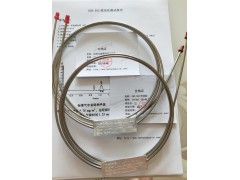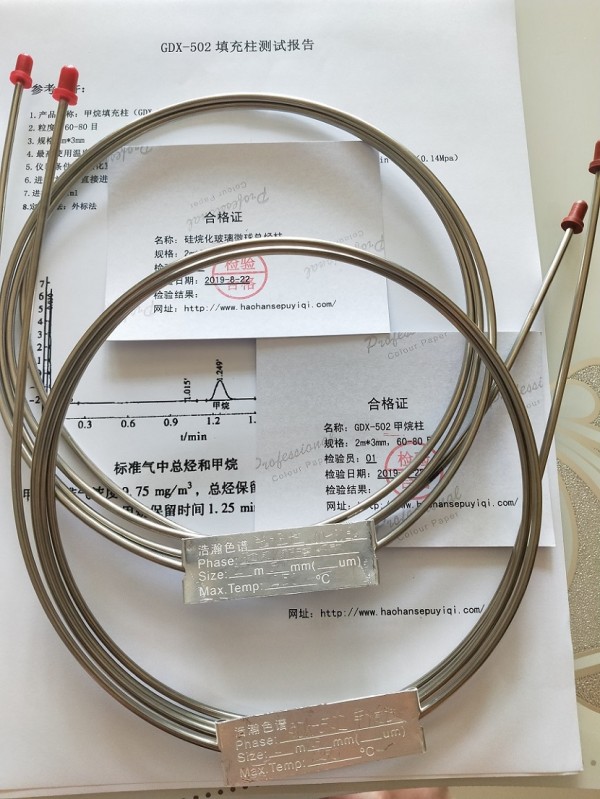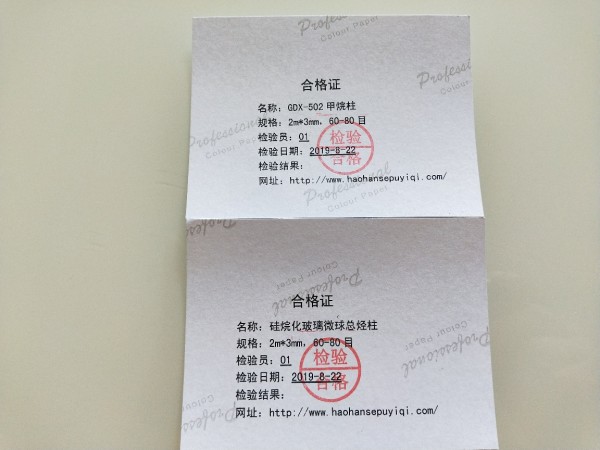
产品展示
您当前的位置:首页 » 产品展示 » 专用填充柱 » GDX-502 大气中非甲烷烃的色谱测定法

| 产品名称: | GDX-502 大气中非甲烷烃的色谱测定法 |
| 产品型号: | GDX-502 |
| 品牌: | 1941 |
| 产品数量: | |
| 产品单价: | 面议 |
| 日期: | 2023-07-05 |
GDX-502 大气中非甲烷烃的色谱测定法的详细资料
大气中非甲烷烃的色谱测定法大气中非甲烷烃的色谱测定法 详细信息:
固定相:高分子小球
GDX-502,2m*3mm,2m*4mm,2m*1/8,60-80目
2m*3mm,2m*4mm,2m*1/8,硅烷化玻璃微球
非甲烷烃是光化学烟雾的重要监测项目之一,国外多采用色谱法测定,并有专用仪器生产,其流程大同小异,基本上是先通过一个空柱测定总烃,再经过一分离柱只测定甲烷,两者之差即非甲烷烃,以ppm CH_4表示结果。分离的方法有冷冻、反吹、吸附,选择燃烧和柱分离。实际上它测定的并不全是烃,而是包括了大气中所有能在氢火焰上给出响应的有机物。
滕州市浩瀚色谱仪器技术服务有限公司, 提出的非甲烷烃减量分析方法,载气为经催化除烃之空气。甲烷分离使用小填充量柱,并且加装了反吹系统.另外,检测器增加了尾吹。方法注意克服系统吸附,以使样品中各组分获得一致的保留时间,进而使峰高响应符合氢焰检测器的碳数响应规律。方法标准偏差为0.02,小检出浓度为0.02mg/M3,分析一次样品仅需2分钟。
大气中非甲烷烃的色谱测定法 图片:



Chromatographic determination of non-methane hydrocarbons in the atmosphere
Chromatographic determination of non-methane hydrocarbons in the atmosphere Details:
Statio
GDX-502, 2m*3mm, 2m*4mm, 2m*1/8, 60-80 mesh
Methane column
Total hydrocarbon column
2m*3mm, 2m*4mm, 2m*1/8, silanized glass microspheres
Non-methane hydrocarbons are one of the im
Tengzhou Haohao Chromatography Instrument Technology Service Co., Ltd. proposed a non-methane hydrocarbon reduction analysis method. The carrier gas is a catalytically decarbo
Chromatographic determination of non-methane hydrocarbons in the atmosphere